May 20, 2024 | 23:45 GMT +7
May 20, 2024 | 23:45 GMT +7
Hotline: 0913.378.918
May 20, 2024 | 23:45 GMT +7
Hotline: 0913.378.918
You can practically watch your summer crops grow by the hour, and your early spring plantings are ready for harvest.
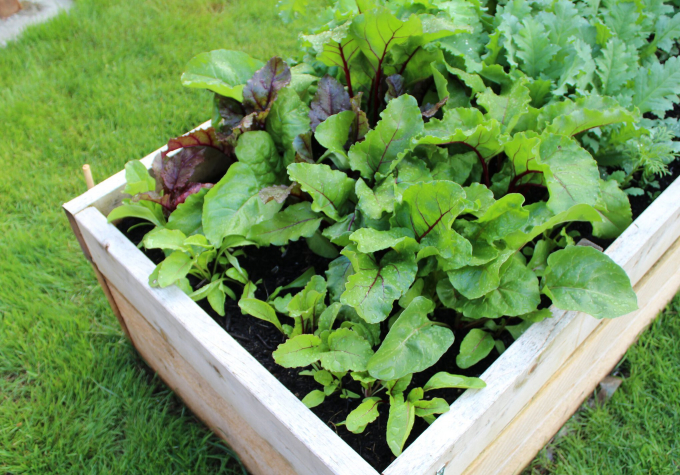
Succession planting gives gardeners a chance to harvest two, or more, crops per season. The beets in the foreground were... (Jennifer Luxton / The Seattle Times
Of course, the onslaught of early-season lettuce, arugula and radishes won’t last forever. The harvest season for many short-lived spring crops begins and ends in June. These crops are either removed as part of the harvest process (radishes, scallions, turnips) or cut back during harvest (arugula, lettuce mix, spinach). In both scenarios, most short-season crops are at their peak harvest stage for a very narrow time window, after which they quickly lose their texture and taste.
The gardener has a few options to consider as the spring harvest season winds down. One option is to leave bolting, bitter crops in the garden to flower. This is a great strategy if you want to collect seed from your crops to eat or save for future plantings. Some crop flowers, like those of cilantro, also attract beneficial insects to the garden. In many cases, however, leftover spring crops simply take up space, shade out new seedlings, and then fall over on top of your summer squash in late July.
The other option is to clear out the old crop residue and plant anew. This technique is called succession planting, and it is key to maintaining a steady supply of your favorite short-season crops through the summer and fall. Succession planting is the practice of planting small quantities of a crop on a regular basis, so it can be harvested at regular intervals.
Many growers catch spring fever and plant an unwieldy amount of salad greens early in the season. Nearly everyone has made the mistake of planting 20 heads of lettuce the first week of April. Of course, large plantings like this will result in an overwhelming amount of salad all at once. Your lettuce plants don’t know how to pace themselves in harmony with your dinner plans. For most gardeners, a better approach would be to plant two heads of lettuce every week starting as early as weather allows and continuing until late in the season. In our region, this should allow you to harvest two heads of lettuce a week from early spring through late fall, and make a salad every night of the week.
The cadence of succession plantings will depend on the life span of each individual crop and your appetite for them. Very short-season crops like lettuce and arugula can be planted every one or two weeks to ensure a steady supply of high-quality produce. Crops that can hold their quality a bit longer in the garden or that have a longer harvest period (beets, carrots, bush beans) might be planted two to four times throughout the season, depending on the size of your garden. You might even consider succession planting for long-season crops like cucumbers and basil, putting in a second planting now, to extend the prime harvest season for these late-summer favorites.
You can also extend your harvest period from a single planting by using varieties that mature at different times. If you plant a 50-day, a 58-day, and a 64-day cabbage at the same time, the cabbages should be ready for harvest about a week apart from each other. Of course, the “days to maturity” listed for each variety is usually based on ideal, controlled conditions, so the actual days from planting to harvest in your garden might be different from what’s indicated on the package or catalog. Regardless of the size of your garden or the breadth of your crop selections, succession planting is a great strategy to extend and expand the season. Give it a try and watch the harvests (slowly) roll in.
(Settle Times)
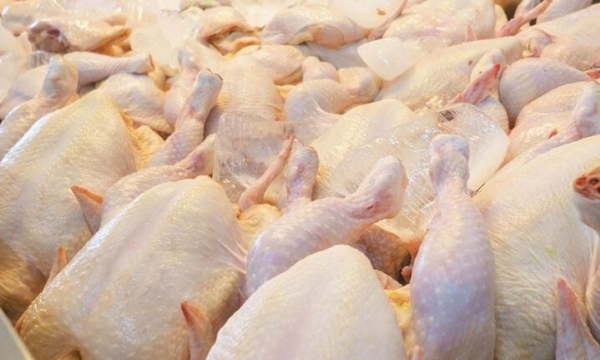
(VAN) After 2 tough years, a leading bank is suggesting that entrepreneurs and businesses should look at capturing investment opportunities in Asia’s poultry supply chain.
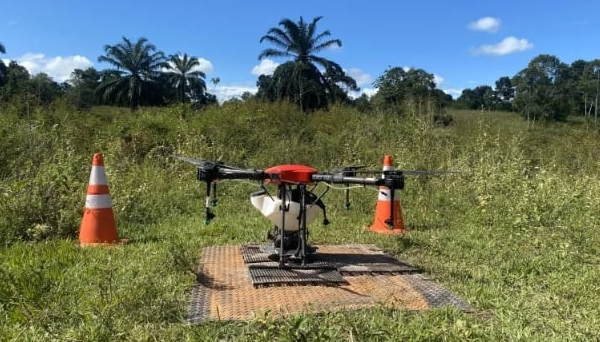
(VAN) Drones are being used to replant degraded areas of forest in Brazil – how successful have they been so far?
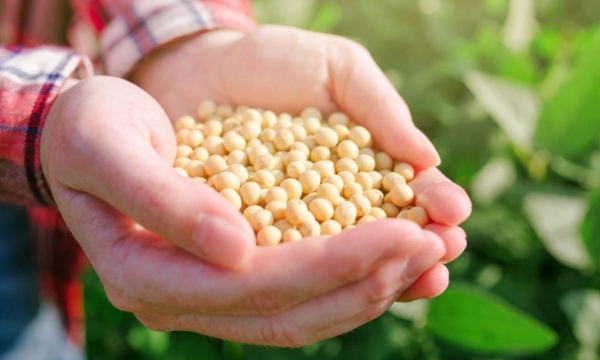
(VAN) The upcoming U.S. soybean harvest is expected to approach record levels, but exporters had sold practically none of it as of last week, a typical time when new-crop sales may start to roll in.
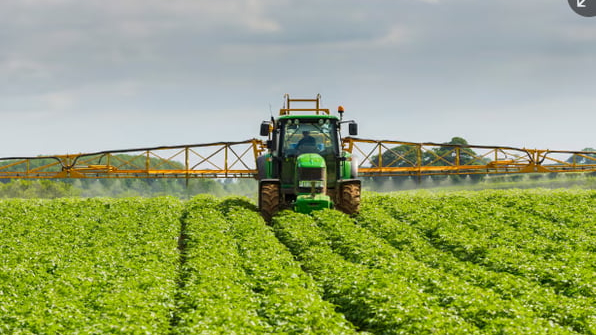
(VAN) Edible oil droplets trap bugs without the harm to people and wildlife that synthetic pesticides can cause.
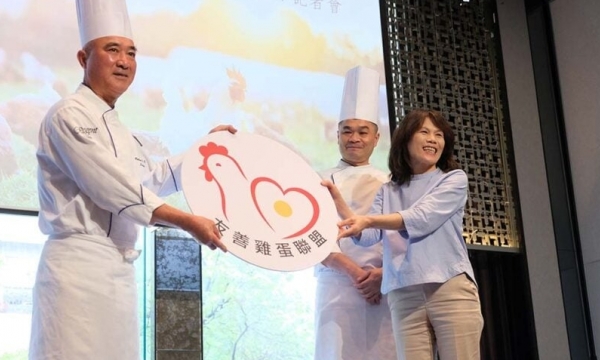
(VAN) The Silks Hotel Group – Taiwan’s largest publicly-listed hotel group – has announced a cage-free sourcing policy.

(VAN) Director-General QU Dongyu spoke at the Business Federation of the G7 in Rome
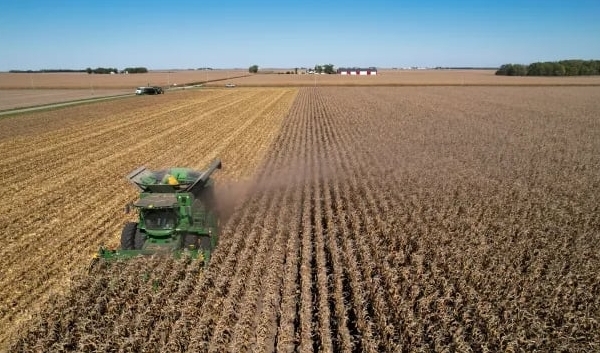
(VAN) Pharmaceutical, manufacturing and big agriculture interests have spent more than $400 million lobbying Congress on a new farm bill, a new report has found.